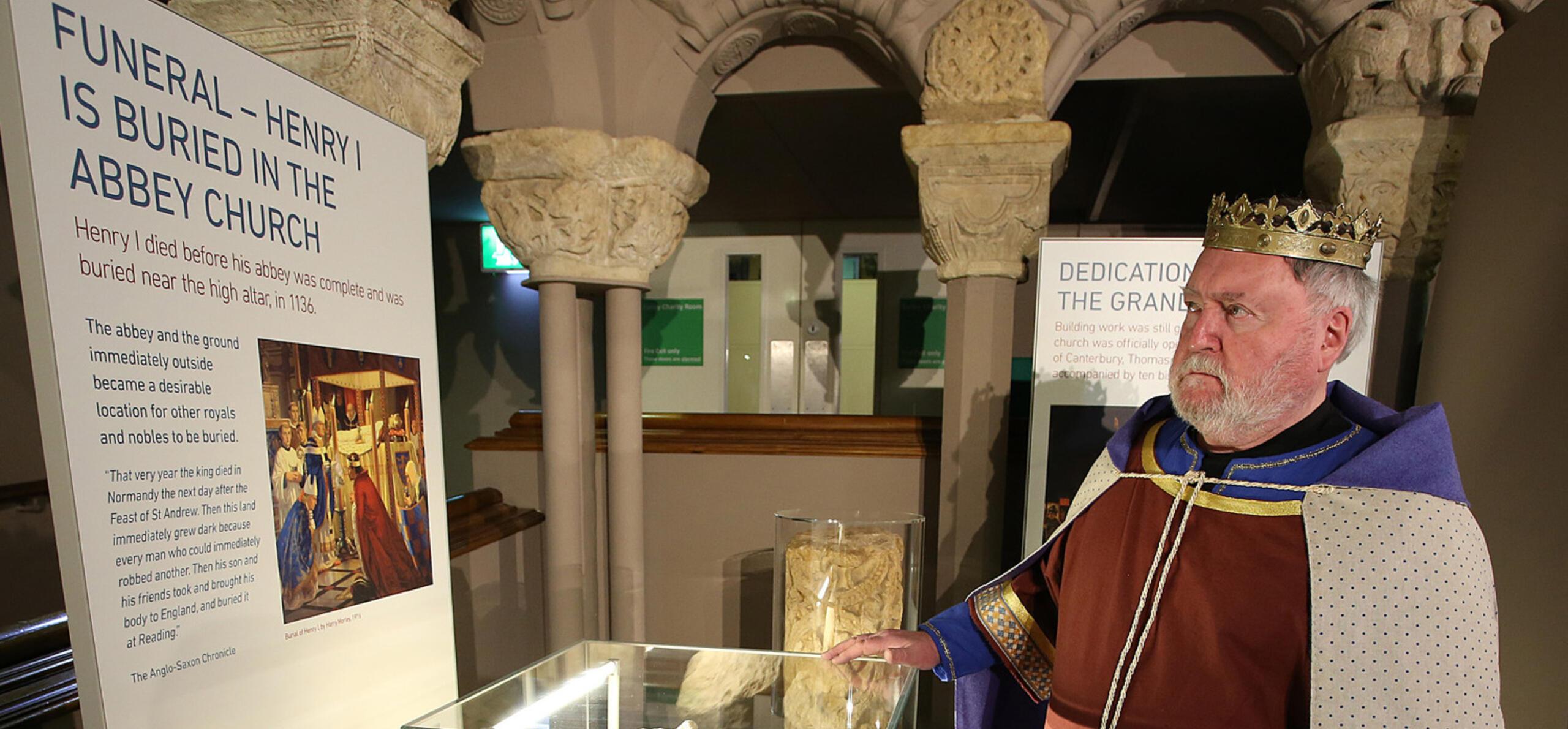As the Reading Abbey Revealed project gears towards the re-opening of Reading Abbey this summer, find out five things that you may not know about Reading Abbey!
Fact 1
Reading Abbey was big.
It was not a small foundation with just a handful of monks living there, keeping to themselves - Reading Abbey was one of the largest monasteries in northern Europe, and at the time of its closure was the fourth largest in England.
The modern Abbey Quarter covers the former precinct of Reading Abbey and highlights the huge size of the site. It is bound by the Forbury Road to the north and the River Kennet to the south. It incorporates landmarks such as the Blade, Reading Gaol, the Forbury Gardens, and Reading Museum here in the Town Hall.
To give a sense of the scale of the Abbey we have created a new digital model that will be used in our new information signs. You can see this within the new Abbey section at Reading Museum from 12 February, or on signage across the town from June onwards.
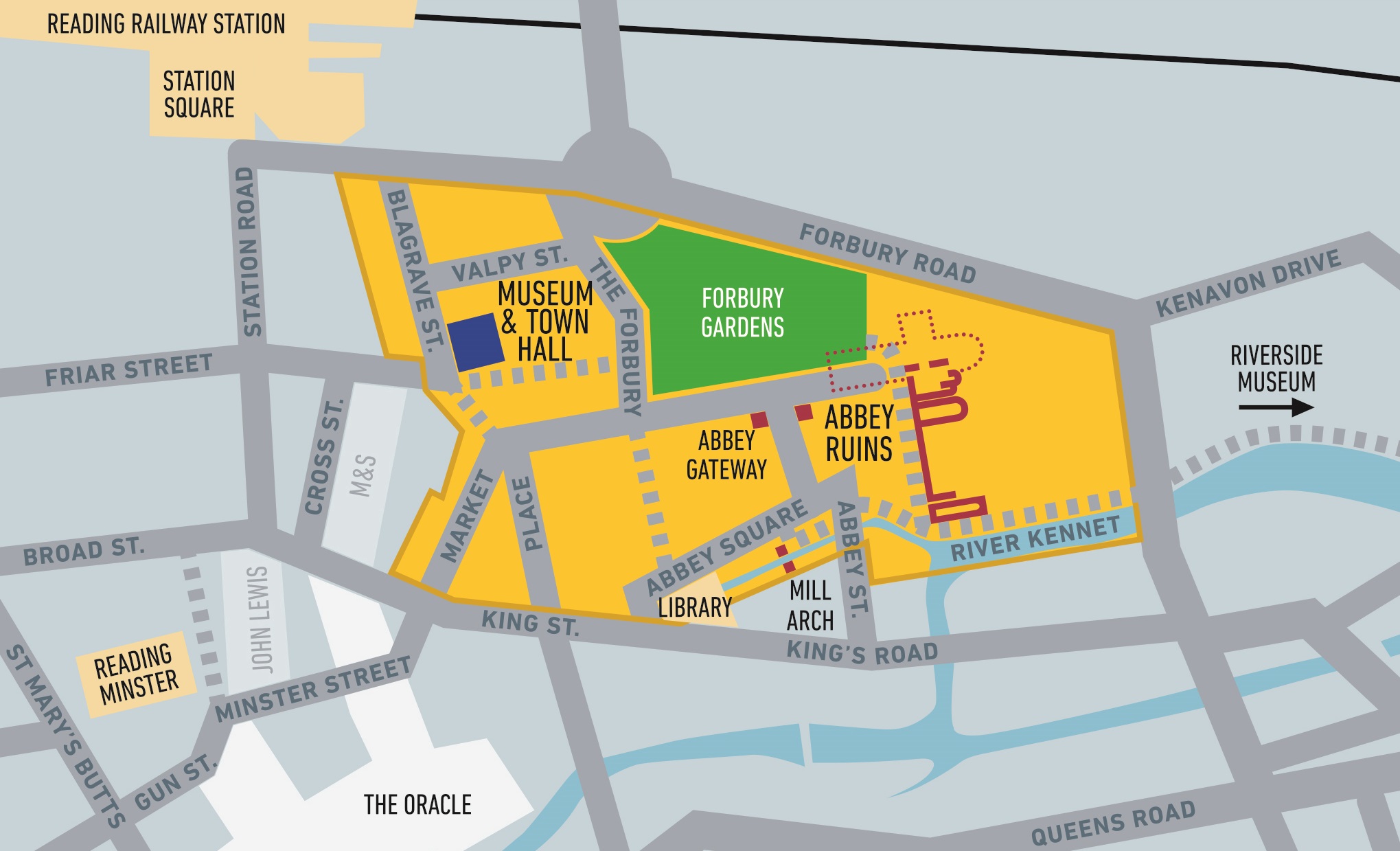
Abbey Quarter map
Fact 2
It was colourful.
Most of what remains of Reading Abbey is dark, grey flint. However when the Abbey was built this would not have been exposed and would have been encased in white limestone or in a lime-wash. On this white canvas, features and details would have been decorated in colourful paint. It would have been a bright, and perhaps in places gaudy, building. This is perhaps the opposite to people's perceptions of medieval Europe as 'the Dark Ages'.
In the new Abbey section of our Story of Reading gallery you can see our reconstructed cloister capital. This has been painted using colours based on the traces of paint on the original stone.
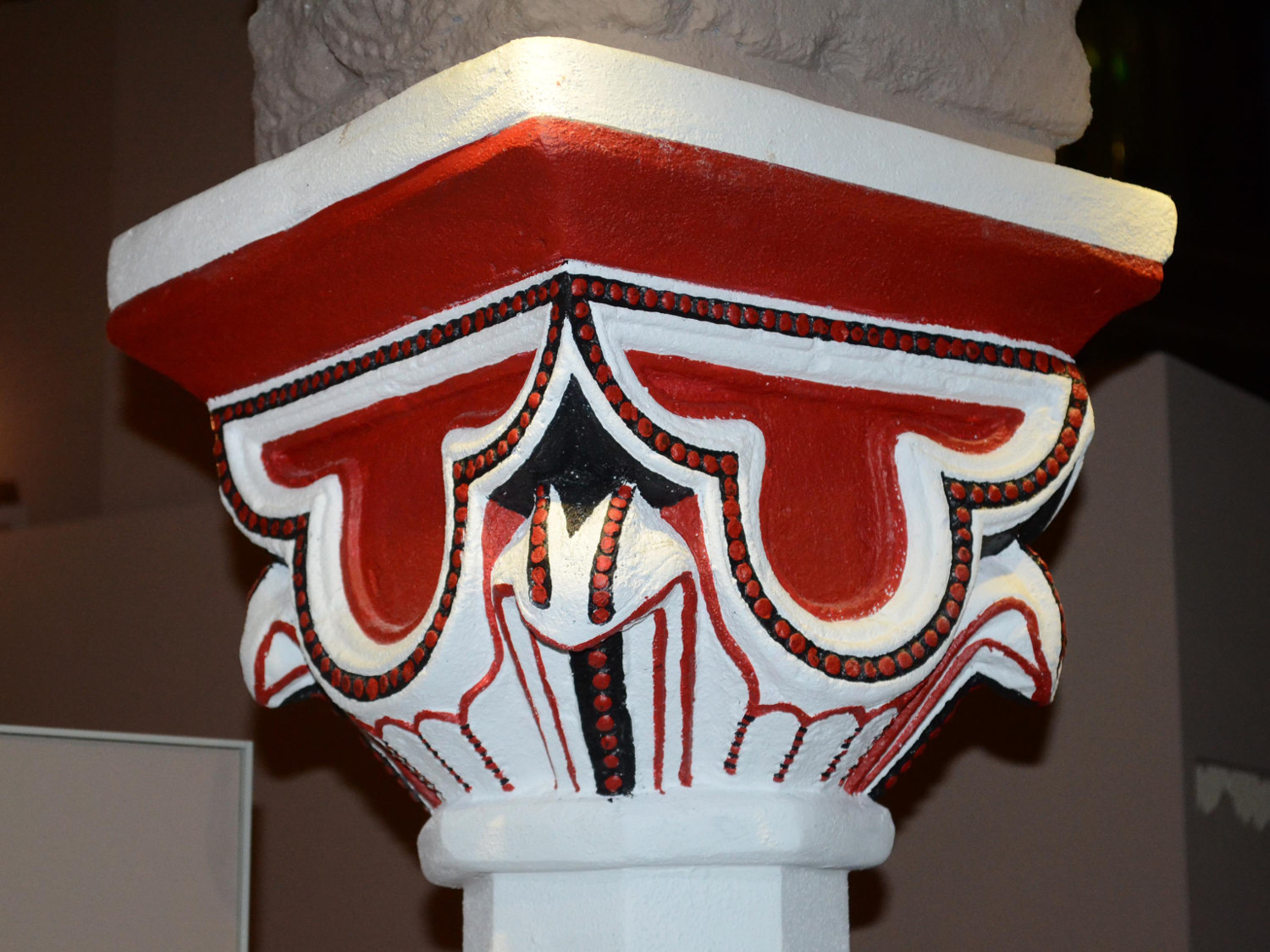
New replica capital from Reading Abbey
Fact 3
Reading Abbey was an international foundation and still holds international significance.
It was founded with monks from the French abbey of Cluny and the first abbot, Hugh of Amiens, was also French.
Henry spared no expense in building his abbey and shipped in expensive limestone from Taynton, Oxfordshire and also from Caen in France. The elaborately carved stone that can be seen at Reading Museum is some of the best preserved Romanesque sculpture in the world. This includes what is thought to be the oldest existing example of 'The Coronation of the Virgin'. This became an integral part of religious imagery in the middle ages.
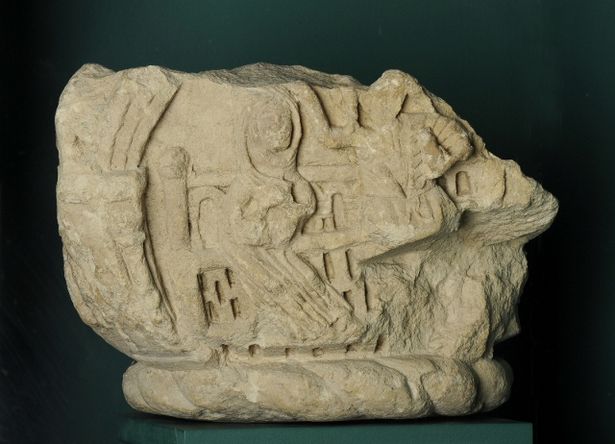
Coronation of the Virgin capital (Reading Museum)
Fact 4
It influenced Reading as we now know it today.
The Great Street (now Broad Street) and London Street were laid out to divert trade from the old market in St Mary’s Butts to the new market by the Abbey. Lower rents were offered on New Street (now Friar Street) to encourage settlement closer to the Abbey. The Forbury Road (now part of the IDR) runs along what was the north wall of the Abbey precinct.
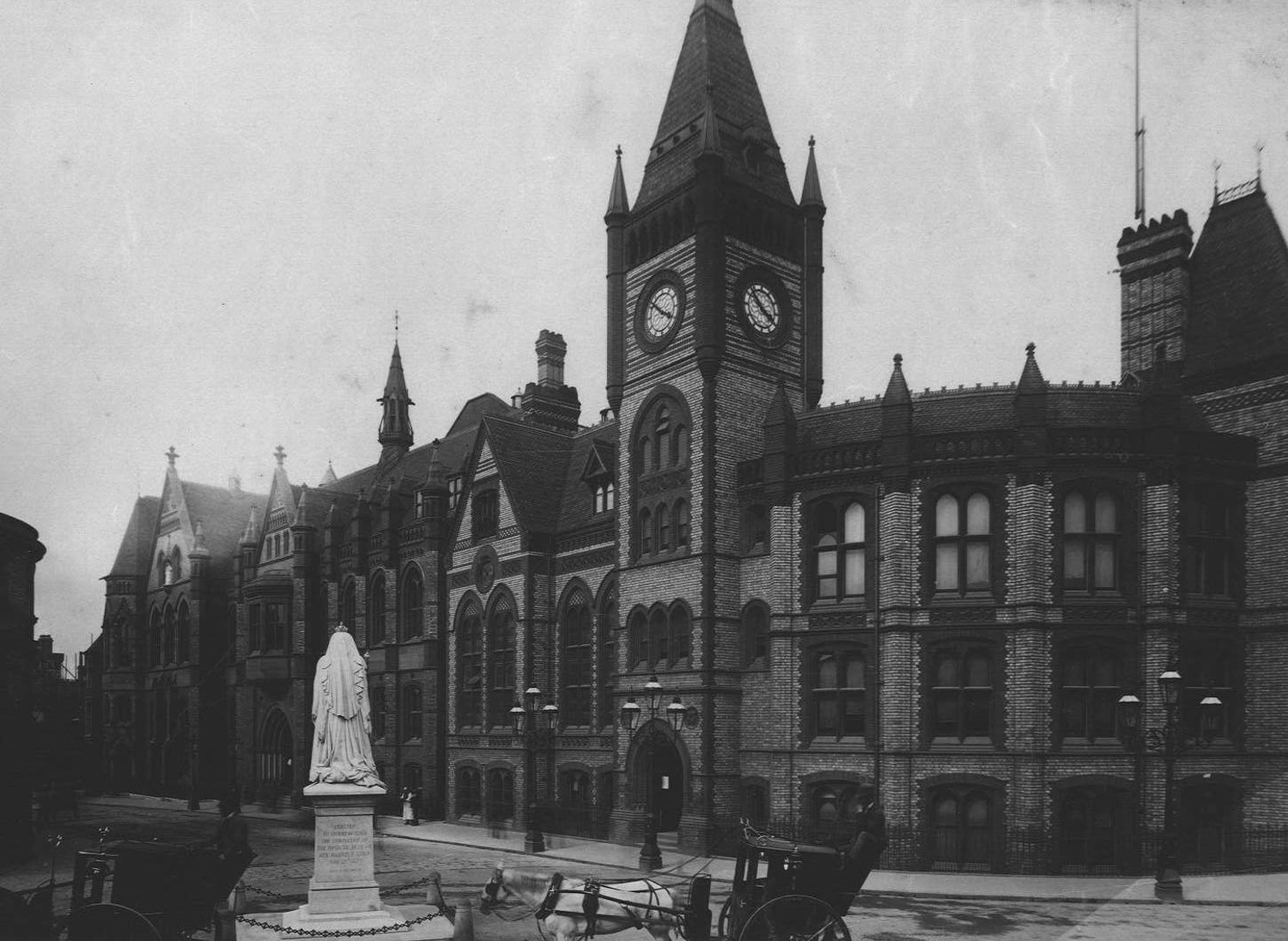
Friar Street, well known for today's Town Hall, was first laid out by the abbey
Fact 5
King Henry I was buried at Reading Abbey.
It is true that we do not know what happened to his tomb - perhaps it lays in wait of discovery. But he was certainly buried here at Reading. Our potential car-park King built Reading Abbey as his personal burial church. Numerous records tell us of his burial here and those of his family. The Hidden Abbey project seeks to know more about what evidence lurks beneath the surface of the Abbey Quarter, and whether Henry remains.
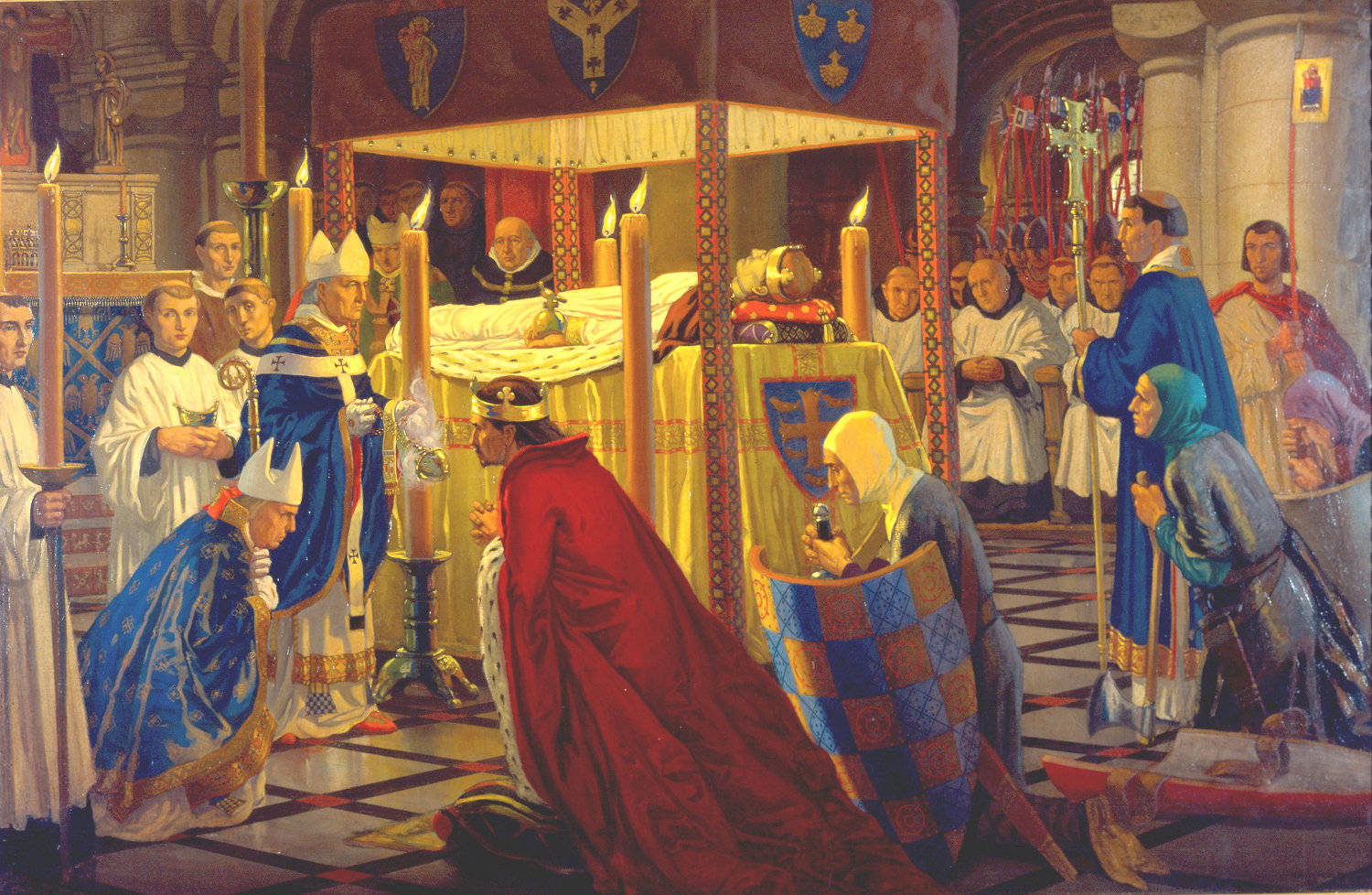
Burial of Henry I, you can see this reconstruction painting at Reading Museum
Now explore the Abbey Quarter for yourself!
Reading Abbey Gallery at Reading Museum - opens Monday 12 February
Information panels installed across Reading town centre - installed June
Reading Abbey Ruins - opens June 2018
